What is the cheapest/most financially pedestrian wine that anyone has seen counterfeited?
Wasn’t fake Mouton-Cadet sold in China?
I don’t know if it counts, but about 7 years ago, Carrie sent Ken Vastola and Steve Manzi each a bottle of two buck chuck to be opened at a Berserker get together. As I recall, one was Cab and one was Chard. The Cab had been emptied, refilled with Ghost Horse Cab, recorked and a replacement foil put on it. The Chard, was replaced with Lewis Napa Chard. Since nobody ever brought it up since then. My guess is Ken and Steve never opened their bottles.
They gave them away - no doubt!
Nobody—but nobody—can fake Simard. Even Allen would admit that.
IIRC there was a bunch of counterfeit Yellow Tail discovered in China some years back.
![]() Why bother, when every person there has his or her own real one, anyway?
Why bother, when every person there has his or her own real one, anyway?
Yes there have been fakes of ‘industrial’ wine, for much the same reason that the real industrial wines make commercial sense. Volume. Unlike the fancier wines, no-one pays too much attention, and the wines are widely enough known to make them an easy and not too ‘odd’ sale that can be made with big volume. Margins presumably tight, as whilst avoiding the brand/marketing costs, you still have to put wine in the bottle.
Years ago there were loads of faked Barolo in Italy (no, I didn´t see or taste them) …
filled with anonymous Nebbiolo … I think sold well below 20 € …
Corner store wine which was only noticed because the label misspelled the grape as Shardonnay…
At the duty free in Hanoi airport, virtually the entire wine section – from cheap to outrageously expensive – was transparently counterfeit.
Carlo Rossi, Cab Sauv
Penfolds of all kinds
Red Bicyclette, Pinot Noir
Mireval, Rose
Rather generic grocery store brands in France/Spain/Italy/Germany selling “Vins de Pays” & equivalent that contain wine from all over.
Anything that is illegally imported is totally unregulated - so who the hell knows?!
If it is a brand or product people will buy, people will fake it.
We have over 220 stories of wine frauds hitting all spectrum of the market on http://www.WineFraud.com.
Even Heineken is not exempt!
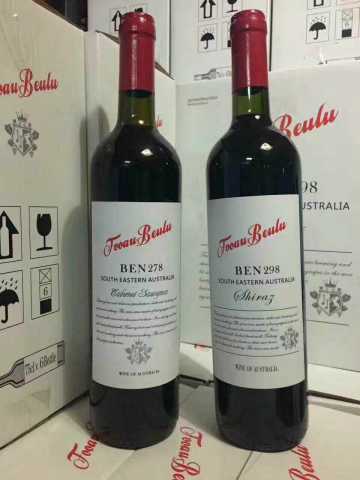
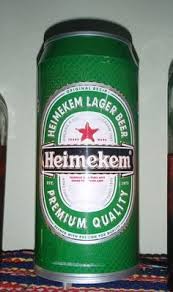
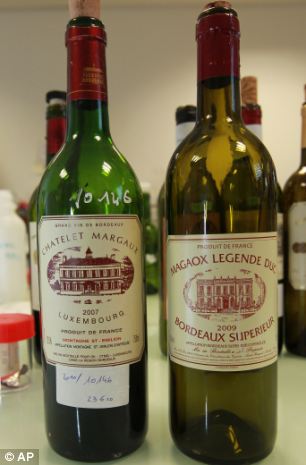
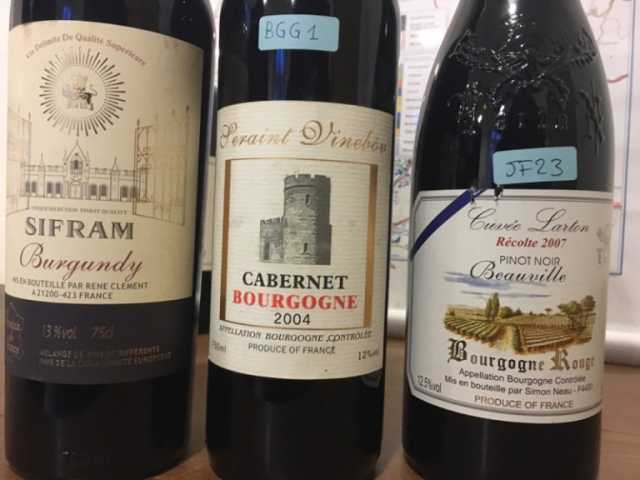
Okay, so we have bulk swill and ultra expensive collector wine represented. I think the real question was about stuff (below the First Growth / DRC level) we WBers drink.
Is anyone faking Carlisle, Rhys, Musar, Bedrock, Baudry, Huet, Leoville Barton, Lopez de Heredia, and wines like that? My assumption is no.
It seems like, in order to be worth the cost, effort and risk, it either needs to be something sold in huge quantities (Yellow Tail) or at very high prices (DRC).
It’s not going to be worth it to counterfeit Arcadian - price not high enough, quantity not big enough, and the customers would be able to tell it’s fake.
Ah the famous ‘Benfolds’, still referenced on an Aussie forum when China / fraud comes up.
Were they like this?
I have a great library of these. They crack me up!
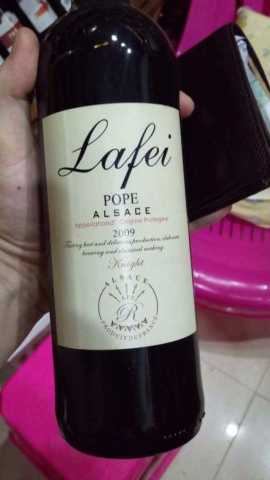
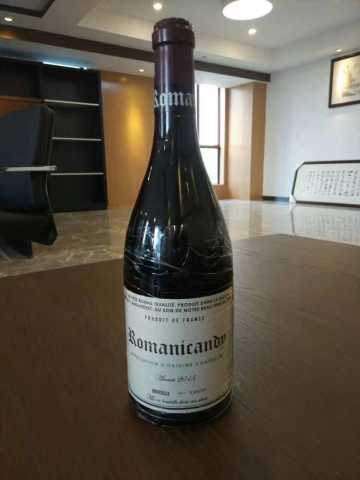
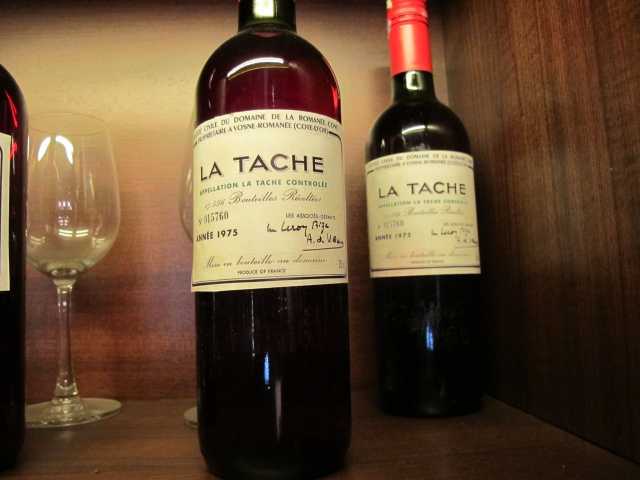
Indeed. Anyone seen counterfeiting second or third growth Bordeaux or similar in Burgundy, etc.?
Certan de May
Calon Segur
…
Lafon Rochet
L’Eglise Clinet
L’Evangile
La Conseillante
Le Gay
Lynch Bages…
its all over the place.
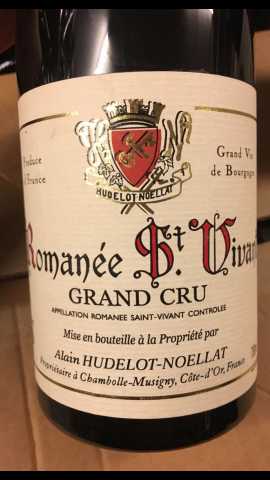
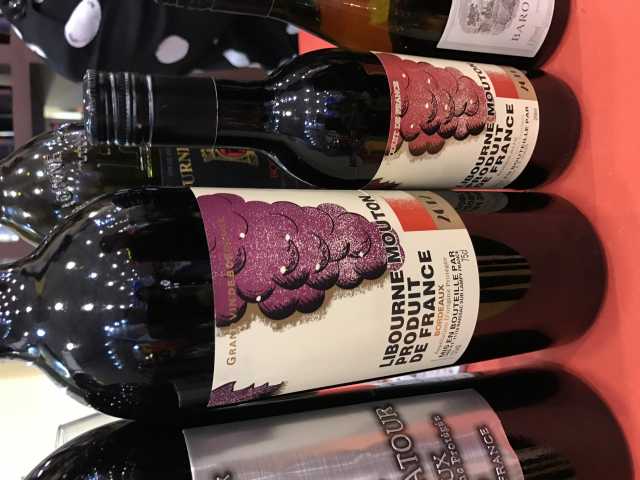
So here’s a counter question, what hasn’t been faked (well yet)? Or is it all over the spectrum that nothing can be trusted, even from reputable vendors?
that is a scary list with plenty of wines that I and others from this board could have in our collections. It makes economic sense though, a comparatively large-production collectors wine which sells for $100-200 seems like a very profitable counterfeiting target.
Famous French AOCs like Bordeaux should require some anti-counterfeiting measures in labels and the like. Not sure what those would be but there must be something they can do.
Domaine du Pegau used to have a couple of grossly faked bottles on the front page of their website – IIRC they were Pegau labels on Bordeaux-shaped bottles – but I don’t see them there any longer.
I agree with Maureen’s perspective that the problem is everywhere – anywhere there is enough volume, price, or brand recognition that can be leveraged to influence a sale, there are fakes.
That said, how many of those make it to our markets, and are executed professionally enough to pass the eye test of collectors but not authentication experts? That’s the huge and scary question…